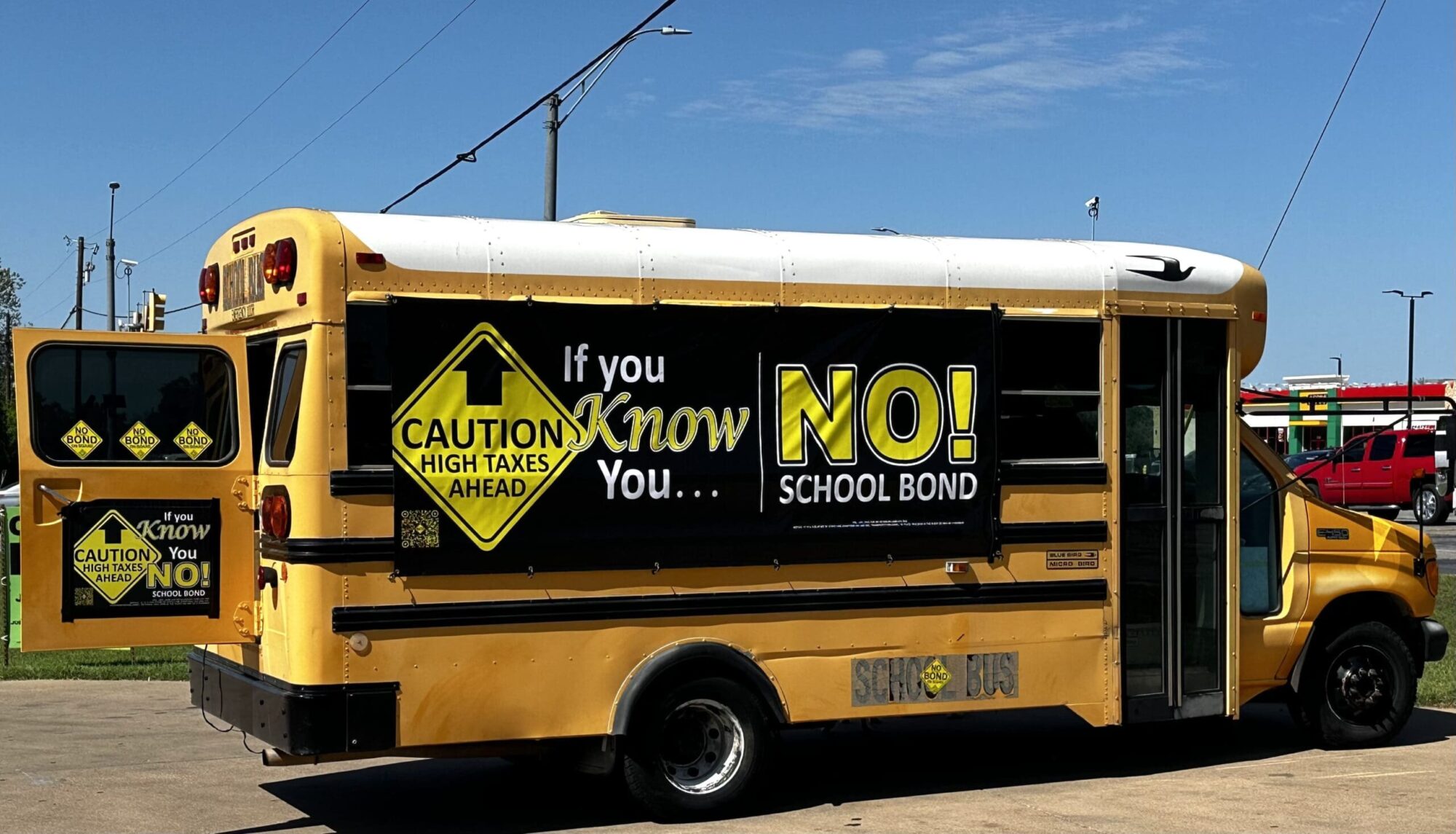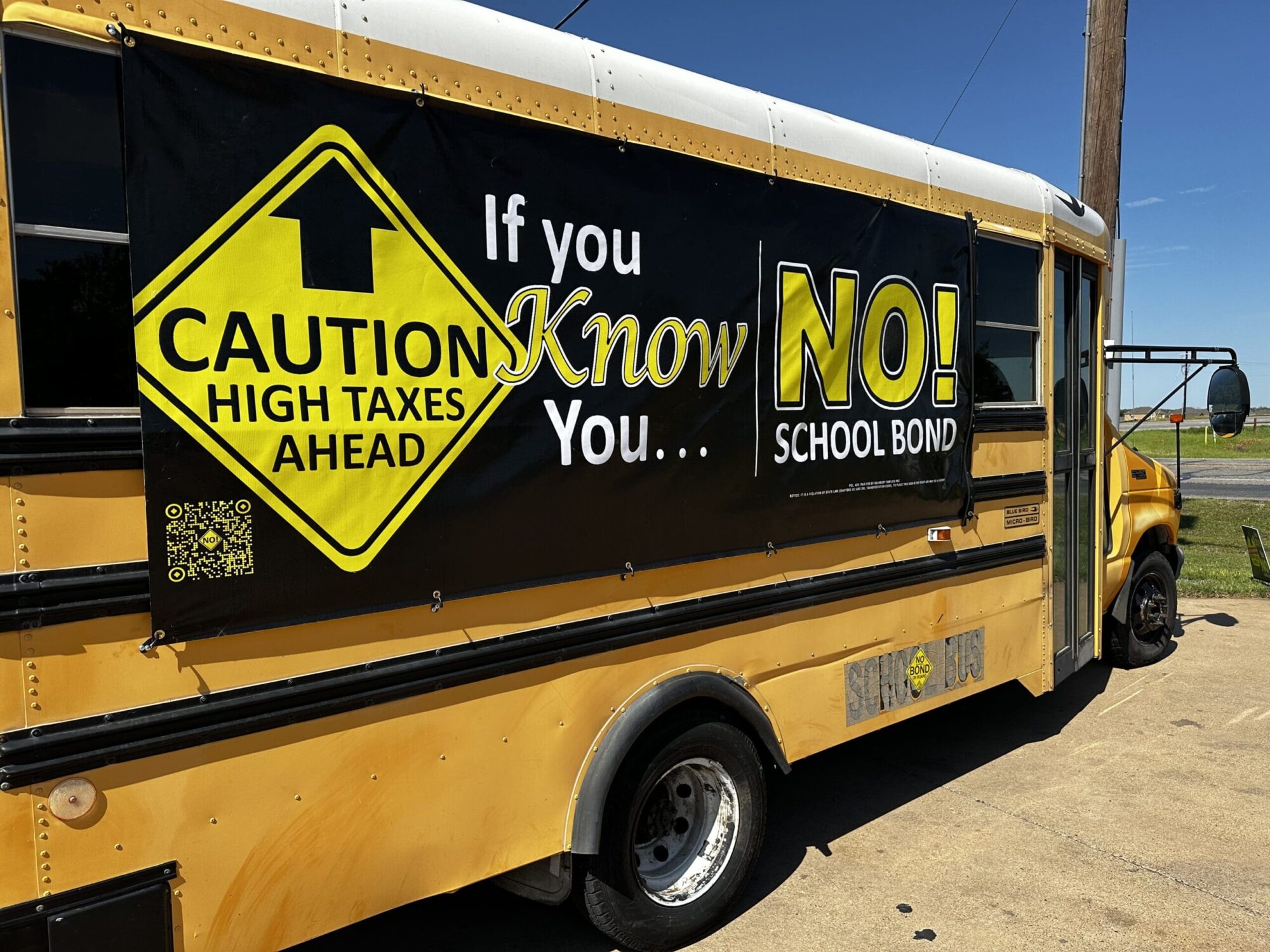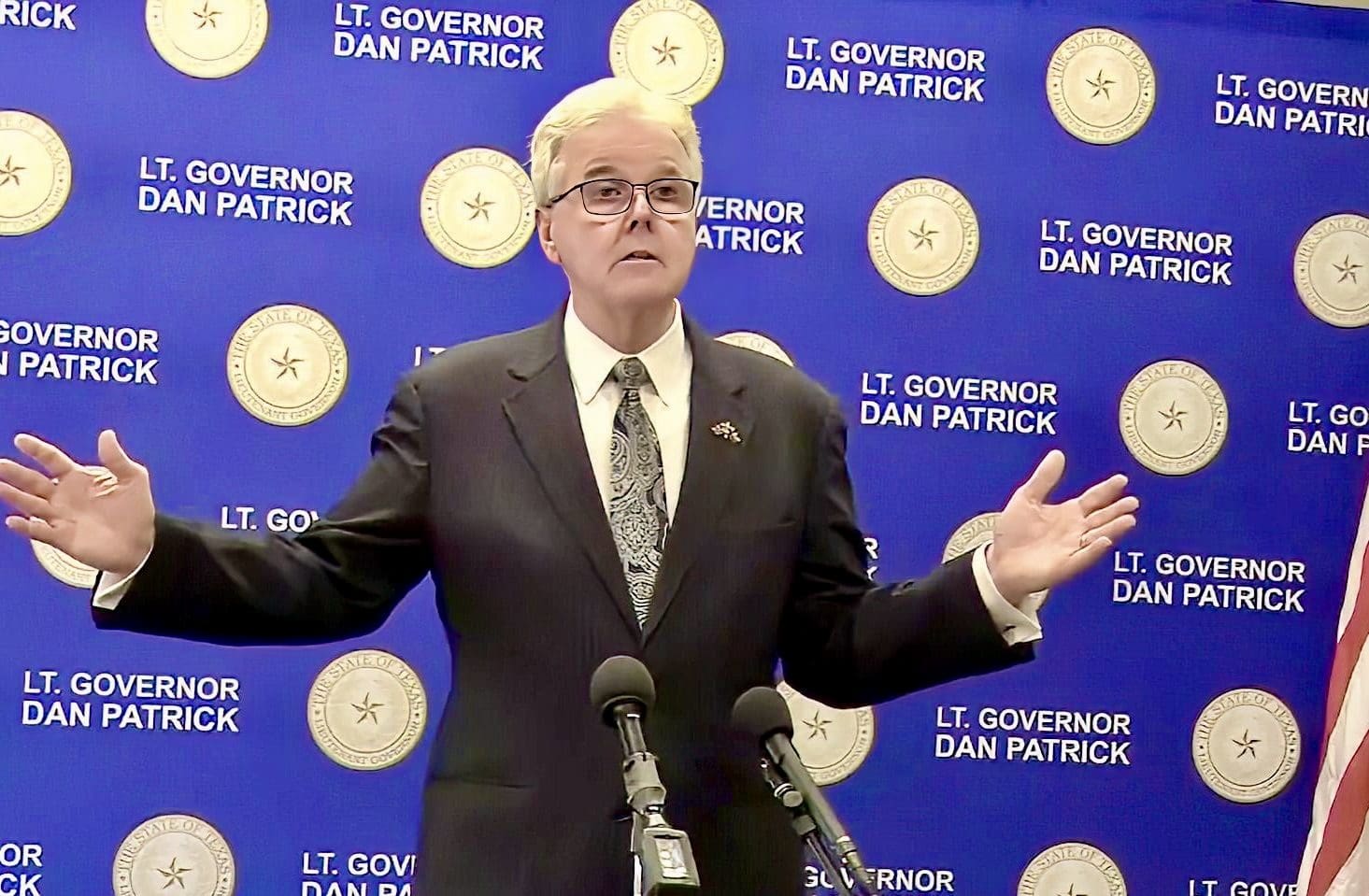In an attempt to preserve the community that we call home, citizens have joined together to form a group called Wharton County Against Wind Farms. Our main goal is to bring awareness to the negative effects wind subsidies bring upon every citizen living in the surrounding area.
Upon learning a potential wind farm was coming to Wharton County, Cedric Popp, Jessica Rumbaugh, and myself (Lacricia Ryan) began talking. What was originally casual conversation grew into something much more. Our group grew, and concerned citizens got together eager to learn the pros and cons rather than let the wind company do our research for us.
What we found was troubling.
We learned about the adverse health conditions inflicted on those in close proximity to wind turbines, how Texas has no laws governing safe setback distances or maintenance and decommissioning of turbines, and that property values decrease 20-40 percent when turbines are erected.
On top of all of this, local governments hand out millions of taxpayer dollars to attract out-of-state and out-of-country companies.
Unlike many counties in sparsely populated West Texas, where windy days are common, citizens in Wharton County feel our community is not a good fit for a wind farm. Not only is our average yearly wind speed a mere nine miles per hour, our population per square mile is denser and our community holds tremendous growth potential. Being only 70 miles southwest of the heart of Houston, this area continues to hold exceptional real estate opportunities for commercial, industrial, and agriculture producers.
With so much at stake, our group’s members felt it was essential to bring awareness to the topic.
Special Perks for Big Business
After much anticipation, the proposed wind farm’s parent company made its intentions public: it submitted a “Chapter 313 application” to the El Campo Independent School District in October.
The application requested special tax exemptions and detailed a proposed “reinvestment zone,” a mechanism ultimately allowing companies to avoid more taxes. The application included a list of property owners within the boundaries of the proposed reinvestment zone, but hundreds of those property owners had no idea they could possibly have industrial-sized wind turbines in their backyard.
After the company’s request to the school district, our group took action to inform the public.
We created a video summarizing information discovered in the 313 application and also shared direct links to public documents related to it. With less than a 24-hour notice, the school board meeting where they were set to consider the application was so packed that public comment hit the maximum 15-minute limit and an overflow crowd filled the hallway outside.
During the meeting, the wind company made a quick and vague presentation, saying they could not state the number of total acres they had leased or the exact location of turbines. They did admit they had additional areas they were exploring and planning to develop after the first phase.
They reminded the school board they had given them $75,000 to cover the “application fee” and promised the project would generate millions in revenue, and the board voted to approve their application for consideration. It is currently being reviewed by the Texas Comptroller’s Office.
Alerting the Public
Our group knew that after getting a special deal from the school district the company would try to get special perks from the county government, a “Chapter 312 tax limitation,” so we decided to hold our first community meeting and begin a public awareness campaign.
We created a petition against the Chapter 312 and 313 applications, leaving copies in local stores. We also ordered yard signs and “Stop the Wind Farms” t-shirts, and sent out a letter to members in the reinvestment zone to express concerns about the project.
We frequently shared videos and information on social media about the company’s long-term goals and put ads in local newspapers with contact information for school board members and county commissioners.
Our community meeting, which had over 130 attendees, hosted guest speakers including experts from The Texas Public Policy Foundation, State Rep. Phil Stephenson (R-Wharton), and local real estate agent Jimmy Roppolo. The meeting focused on what the 313 application was, how the tax abatement process worked, and the county’s current real estate values and potential.
The Real Problem and the Ongoing Fight
For over 25 years, the wind industry has received massive tax-funded handouts at the national and state level, and it continues to gather more free money and special perks from local school districts, counties, hospital districts, and sometimes water districts.
With so many adverse effects, it was hard to imagine why the industry would be eligible for such substantial tax breaks. How could local authorities indirectly fund a project that would harm so many — and not just today, but for generations to come? What was the real reason the company couldn’t pay its fair share of taxes, just like the citizens who had built the community into what it is today?
Our efforts have led to both paper and electronic petitions, several letters to the editor, and hundreds of phone calls and emails to elected school board members and county officials.
As the community waits for the 313 application to be returned from the comptroller’s office, the 312 application and requested reinvestment zone have not been put on the county commissioners’ agenda, though we feel it is only a matter of time.
Spreading truthful information and encouraging land owners, neighbors, and community members to do their own research and share what they learn is one of the main goals of the group.
When the time comes, we hope elected officials will vote “no” to the requested 313 and 312 abatements and that, in the near future, national and state leaders will require a fair energy market and stop making taxpayers fund an industry that for 20 years has failed to support itself.
This is a commentary submitted and published with the author’s permission. If you wish to submit a commentary to the Texas Scorecard, please submit your article to submission@empowertexans.com.





